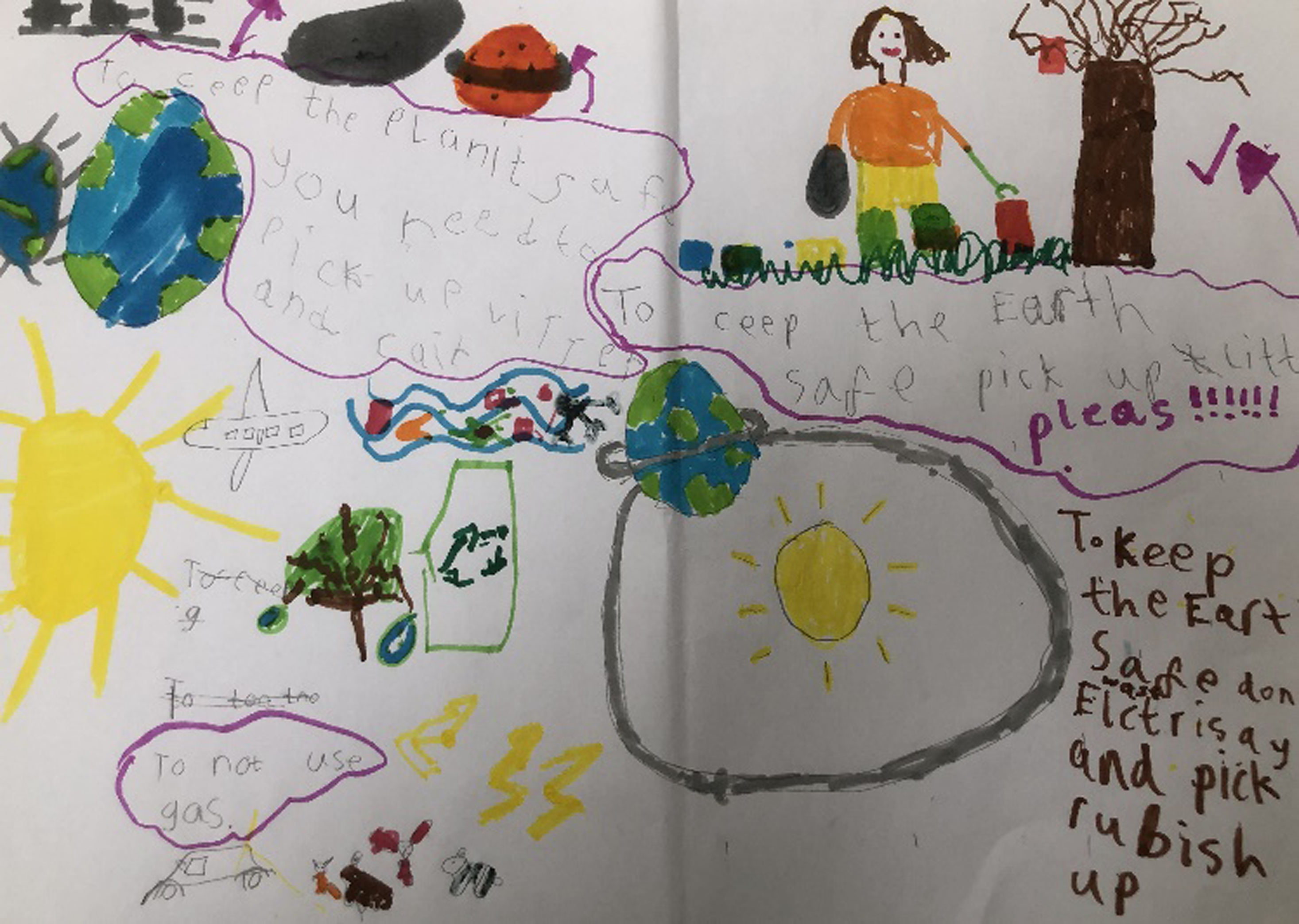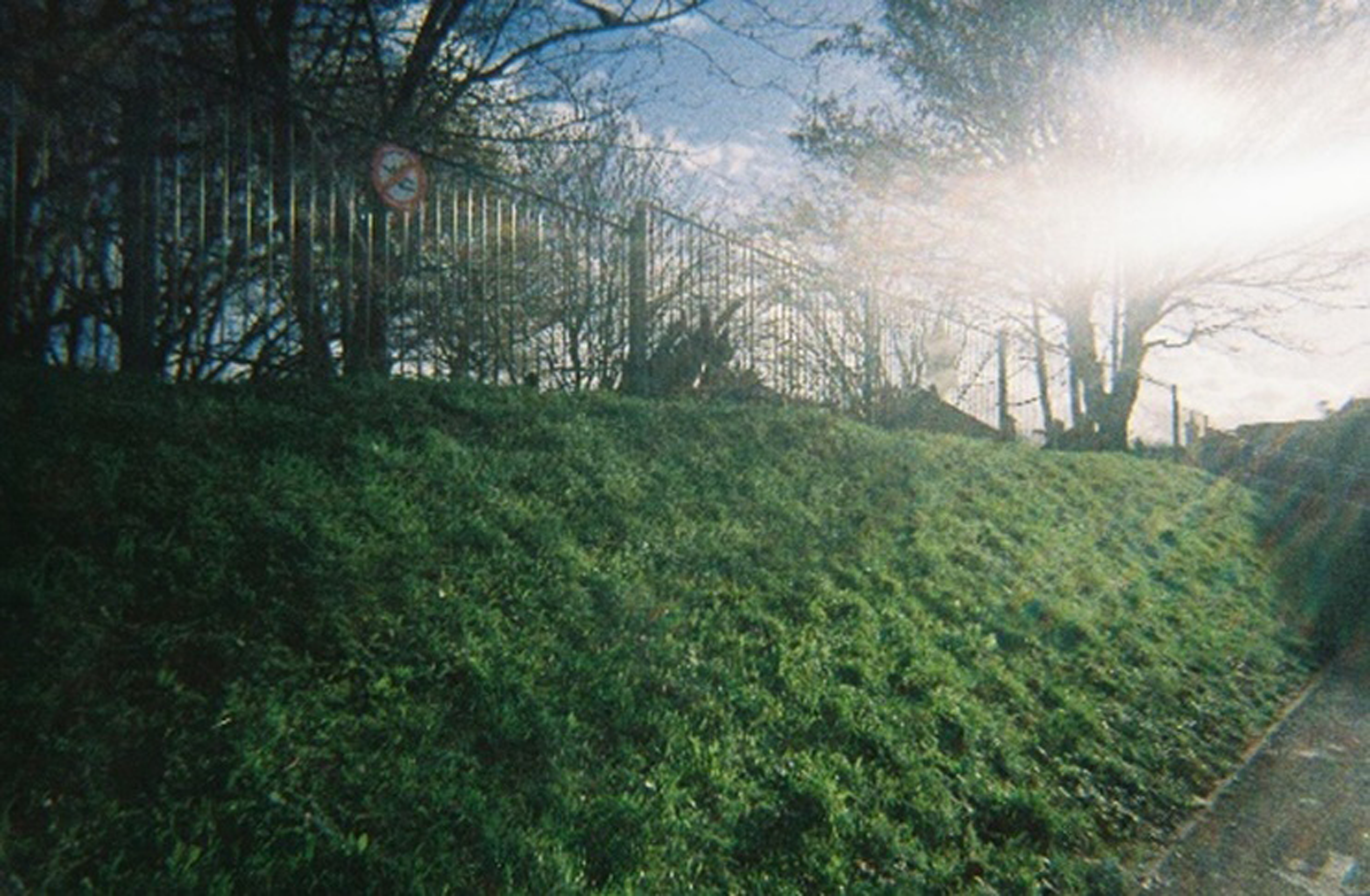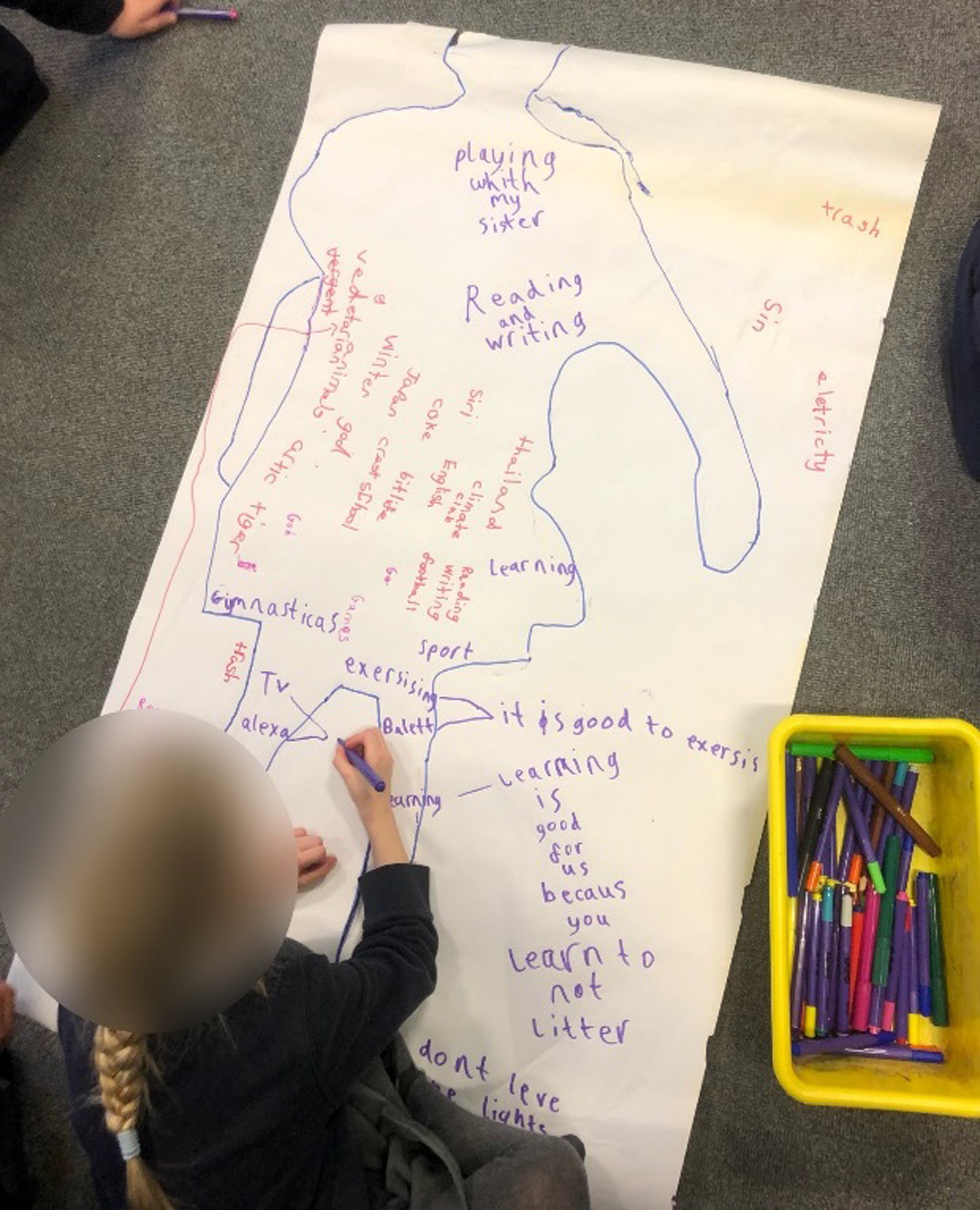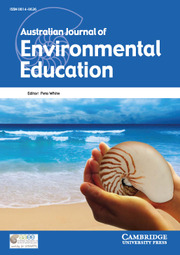Formal education holds a stake in societal response to the climate crisis, yet the English National Curriculum rarely addresses the topic (Kranz, Schwichow, Breitenmoser & Niebert Reference Kranz, Schwichow, Breitenmoser and Niebert2022). Climate change education (CCE) continues to be confined to natural sciences and geography, failing to engage all learners and address the politics of climate change (Kranz et al., Reference Kranz, Schwichow, Breitenmoser and Niebert2022). Inspired by Iyengar and Kwauk’s (Reference Iyengar and Kwauk2021) work, “Climate Change Club” was conducted over the course of January 2023; a four week student-led lunch-time club covering climate change topics. This work explored how CCE should be implemented in the curriculum, according to Key Stage One students, aged six to seven and answered the following research questions:
-
How can English primary schools use student voice to shape climate change education?
-
What are KS1 students’ views and perspectives on approaching climate change through a topic-based curriculum?
-
How do KS1 students want to address climate change in the classroom?
Using a critical climate justice praxis (Sultana, Reference Sultana2021) inspired by Paulo Freire, this work evidences students’ enthusiasm for learning about climate change through art; through drawing (see Figure 1), photo-led tours (see Figure 2) and body-mapping (see Figure 3). Such means of data collection allowed the children to explore climate change as artists, and photographers and reflect on their own relationships with the planet. This echoes Trott et al. (Reference Trott, Lam, Roncker, Gray, Courtney and Even2023) conclusions that art provides an engaging mode for students to learn climate change issues through. Where this project differed, however, was that the emphasis placed on arts-based methods came from a bottom-up approach, as determined by the students, rather than emerging in the research planning stage (Trott et al., Reference Trott, Lam, Roncker, Gray, Courtney and Even2023).

Figure 1. What climate change means to me.

Figure 2. Film photographs representing climate change.

Figure 3. Body-mapping our relationships with climate change.
Using textual-visual thematic analysis (Trombeta & Cox, Reference Trombeta and Cox2022), the findings from this work outline where and how curriculum design and pedagogy could address CCE, according to Key Stage One students. In the final week of Climate Change Club, participants were interviewed whilst they were finalising their drawings of “what climate change means to me’” (Figure 1), to see how their views and knowledge of climate change had shifted over the four weeks and what they would suggest for approaching CCE in the English National Curriculum. Theoretically informed by critical climate justice praxis (Sultana, Reference Sultana2021), the core suggestions which emerged were (a) CCE should be approached as an interdisciplinary subject, not bound to only natural sciences and geography and (b) CCE should commence the moment formal schooling does. In terms of education policy, officials should work to include compulsory climate change topics within the National Curriculum prior to Key Stage Three, outside of science and geography, and should consider valuable insight from current learners in such policy development.
Citation and digital source for thesis
Banks, K. (2023). Climate Change Education: Using Student Voice to Examine KS1 National Curriculum in England. [Unpublished honours thesis]. University of Bath.
A thesis submitted for the award of Bachelor of Arts (Hons) in Education with Psychology, in the Department of Education, at University of Bath.
Supervisor
Professor Carol A Taylor, Department of Education, University of Bath.
Acknowledgements
The author would like to thank the Vale Infant School [pseudonym] students and their headteacher for welcoming us and our research project into their school, and for sharing their views. We would also like to thank the University of Bath’s Childhoodnature Group for their insights, feedback, and continual support on our project. Finally, a thank you to my supervisor, Professor Carol A Taylor, for supporting me as both an undergraduate and a postgraduate with this work.
Ethical standard
This study was reviewed and approved by the University of Bath for an undergraduate dissertation study.
Author Biography
Kia Inez Banks is a graduate of University of Bath’s BA(Hons) Education with Psychology course, having completed her professional placement with the Centre for Qualitative Research. She now works in the UK Civil Service. Institution email: kia.banks@bath.edu.






